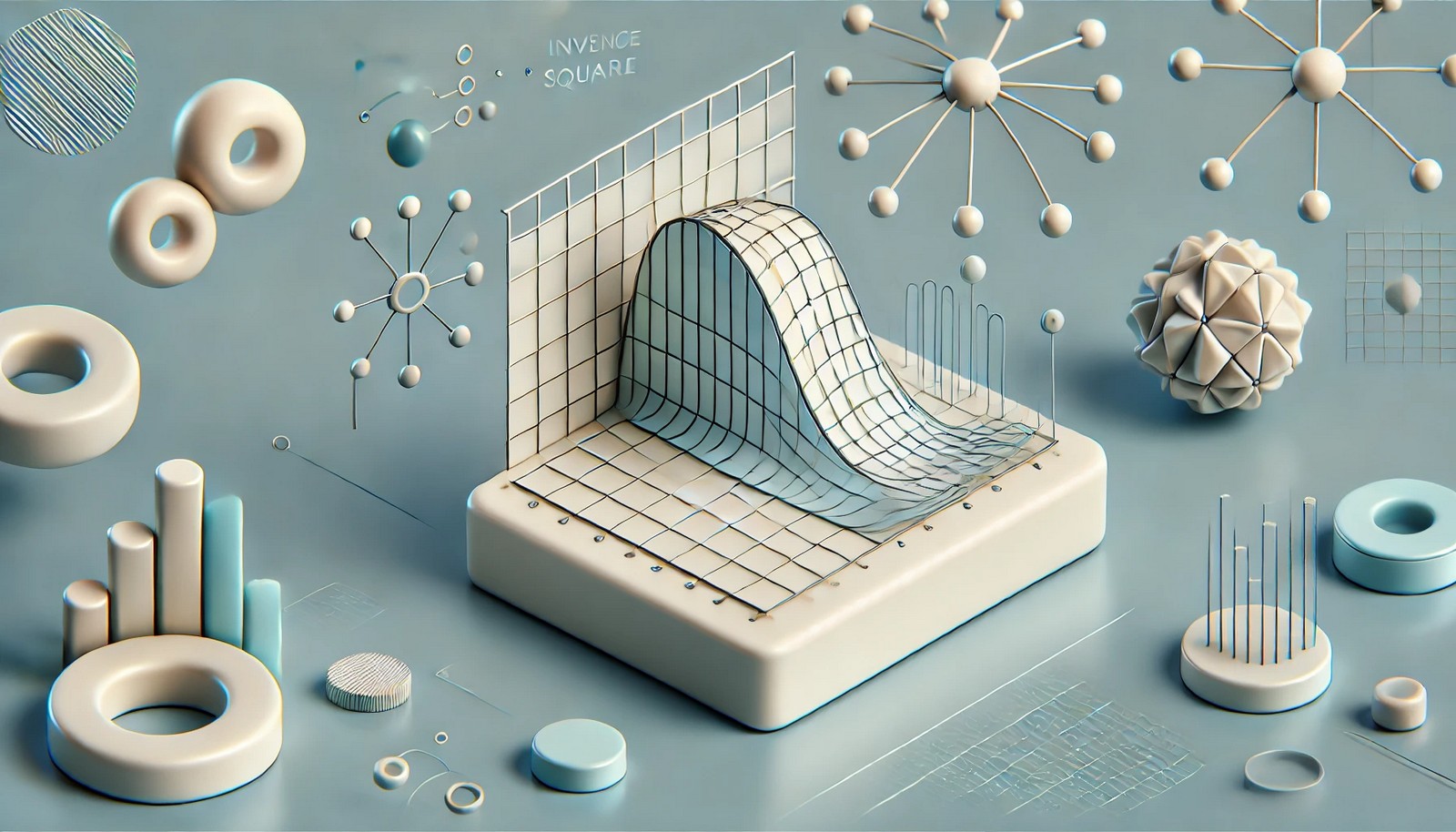Inverse Square Root Decay

Quick Navigation:
- Inverse Square Root Decay Definition
- Inverse Square Root Decay Explained Easy
- Inverse Square Root Decay Origin
- Inverse Square Root Decay Etymology
- Inverse Square Root Decay Usage Trends
- Inverse Square Root Decay Usage
- Inverse Square Root Decay Examples in Context
- Inverse Square Root Decay FAQ
- Inverse Square Root Decay Related Words
Inverse Square Root Decay Definition
Inverse Square Root Decay is a technique in machine learning and deep learning for adjusting the learning rate during model training. Instead of maintaining a constant learning rate, which might lead to poor convergence, the inverse square root decay strategy gradually decreases the learning rate over time, specifically by scaling it inversely with the square root of the iteration count. This ensures that, as training progresses, the model's adjustments become smaller and more precise, improving convergence and reducing potential overshooting in optimization. This decay method is particularly beneficial in models that require fine-tuned adjustments for high accuracy.
Inverse Square Root Decay Explained Easy
Imagine you're learning to shoot a basketball. At first, you make big changes to your shot if you miss. As you get better, you only need tiny adjustments. Inverse Square Root Decay works similarly for a computer learning a task; it starts with big changes (learning faster) and slows down as it gets better, making only small changes at the end.
Inverse Square Root Decay Origin
Inverse Square Root Decay originated as researchers and practitioners in deep learning sought improved methods for controlling learning rates during training. It has become popular in neural network optimization as machine learning applications grew, requiring adaptive methods to prevent overfitting and ensure effective training.
Inverse Square Root Decay Etymology
The term "inverse square root decay" derives from its mathematical basis: scaling a variable inversely with the square root of the iteration count or time step.
Inverse Square Root Decay Usage Trends
In recent years, inverse square root decay has gained popularity in deep learning frameworks, especially for training large language models and transformer-based architectures. This method has become crucial for tasks requiring high precision, like natural language processing and complex pattern recognition, as it improves model accuracy by fine-tuning learning rate adjustments.
Inverse Square Root Decay Usage
- Formal/Technical Tagging:
- Machine Learning
- Deep Learning
- Optimization - Typical Collocations:
- "inverse square root decay learning rate"
- "learning rate schedule"
- "decay in model training"
- "adaptive learning rate"
Inverse Square Root Decay Examples in Context
- In training a neural network, inverse square root decay is applied to adjust the learning rate for improved convergence.
- Machine translation models use inverse square root decay to fine-tune parameters without overshooting.
- Large language models, like those used for text generation, benefit from inverse square root decay to stabilize training.
Inverse Square Root Decay FAQ
- What is inverse square root decay?
It’s a technique to gradually reduce the learning rate during training by scaling it inversely with the square root of iterations. - Why use inverse square root decay in training models?
It improves convergence by making smaller updates as the model nears optimal performance, reducing the risk of overshooting. - How does it differ from other learning rate schedules?
Unlike linear or exponential decay, inverse square root decay adjusts rates more gently, particularly beneficial for longer training sessions. - Is inverse square root decay used in all machine learning models?
No, it's mainly applied in deep learning and tasks needing precise learning rate control. - Does inverse square root decay improve accuracy?
Yes, it helps refine model adjustments, often leading to higher accuracy. - What type of tasks benefit from this decay method?
Language modeling, image processing, and other precision-driven tasks benefit significantly. - How does it impact training time?
Training might take longer, but the model achieves better stability and convergence. - Is it easy to implement?
Most frameworks, like TensorFlow and PyTorch, provide built-in functions for inverse square root decay. - How is it used in neural networks?
It’s applied as part of the learning rate schedule, often for transformers and large models. - What are the downsides?
It might slow down training progress in the final stages but ensures a more stable convergence.
Inverse Square Root Decay Related Words
- Categories/Topics:
- Machine Learning
- Deep Learning
- Optimization Techniques
- Learning Rate Schedules
Did you know?
Inverse Square Root Decay became particularly important in training large language models like BERT and GPT, where small learning rate adjustments are necessary to achieve state-of-the-art performance without destabilizing training.
PicDictionary.com is an online dictionary in pictures. If you have questions or suggestions, please reach out to us on WhatsApp or Twitter.Authors | Arjun Vishnu | @ArjunAndVishnu

I am Vishnu. I like AI, Linux, Single Board Computers, and Cloud Computing. I create the web & video content, and I also write for popular websites.
My younger brother, Arjun handles image & video editing. Together, we run a YouTube Channel that's focused on reviewing gadgets and explaining technology.



Comments powered by CComment